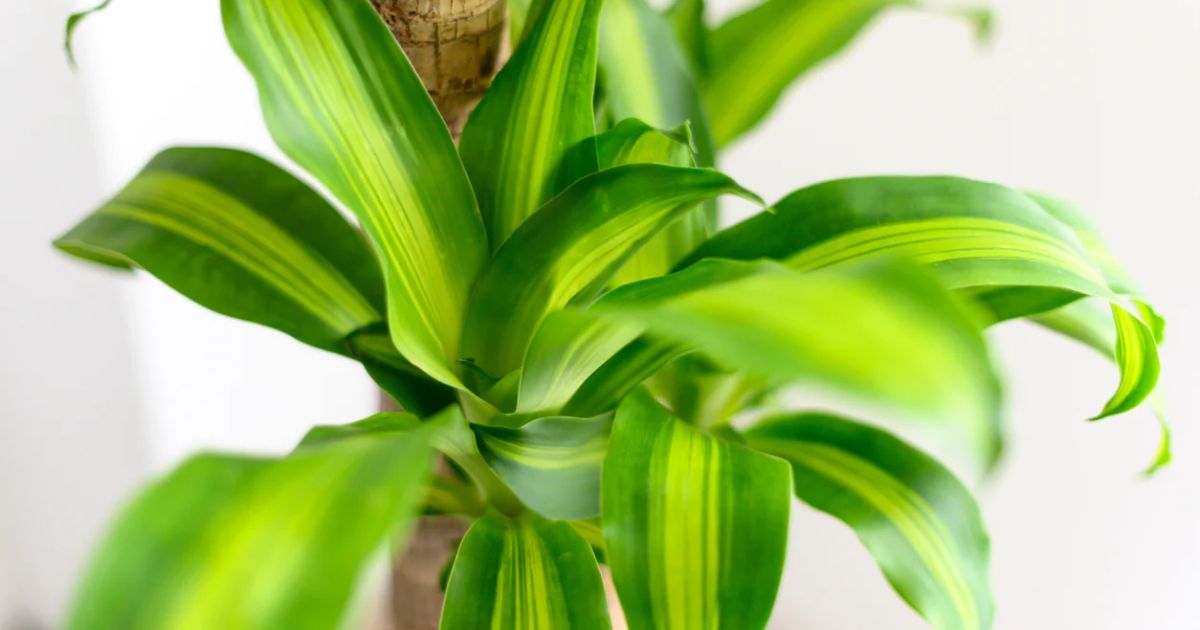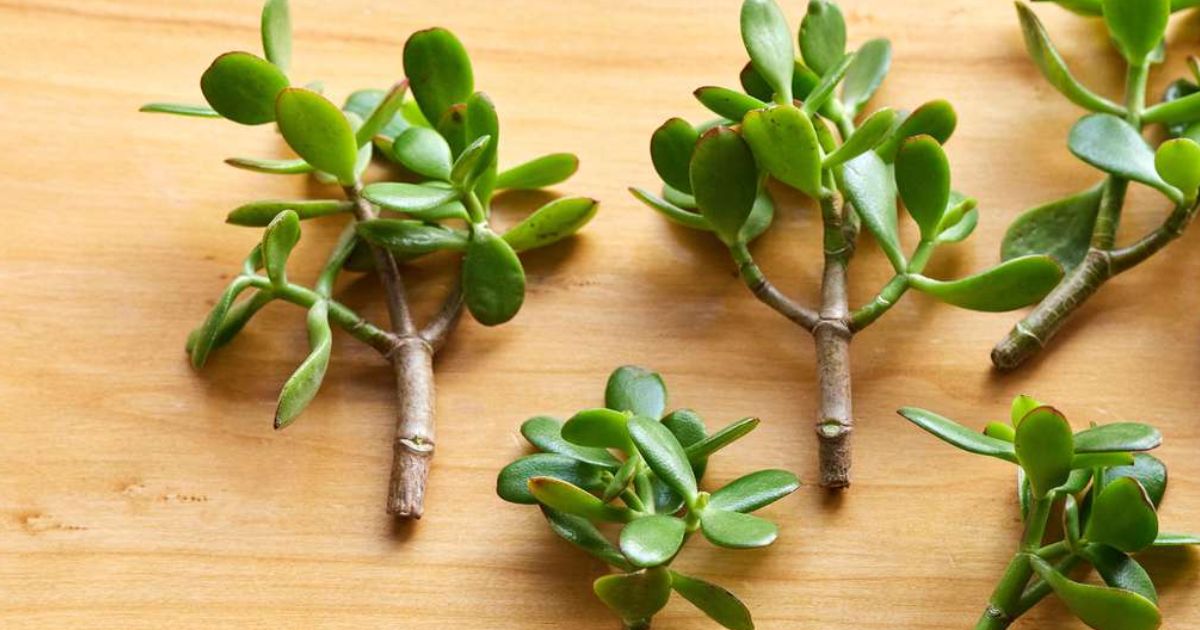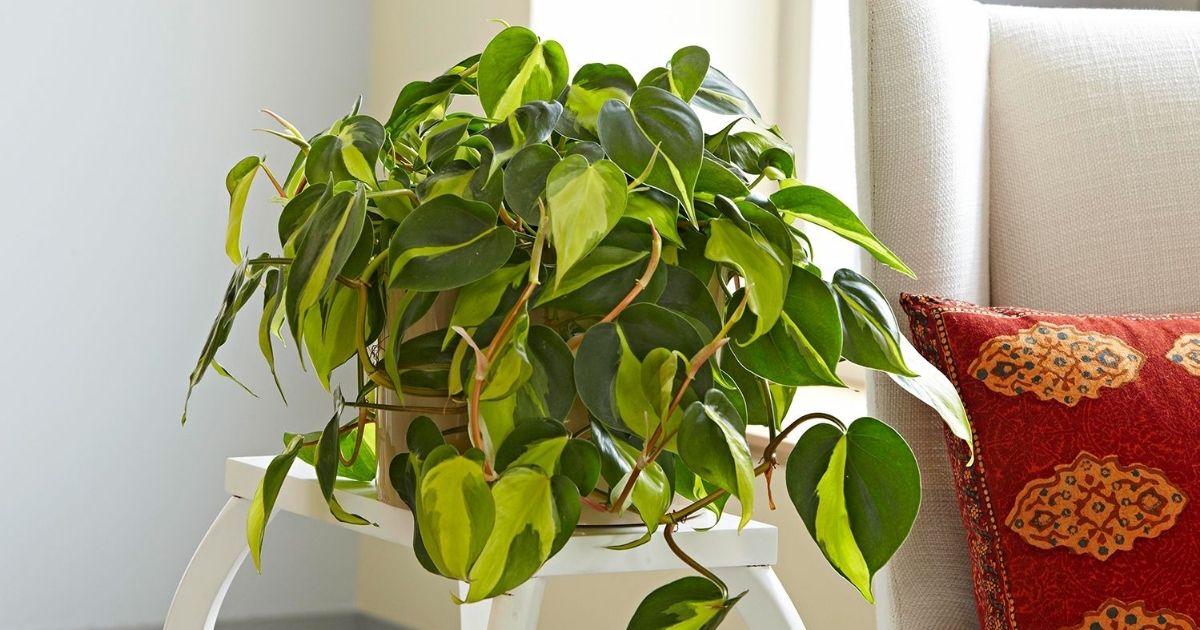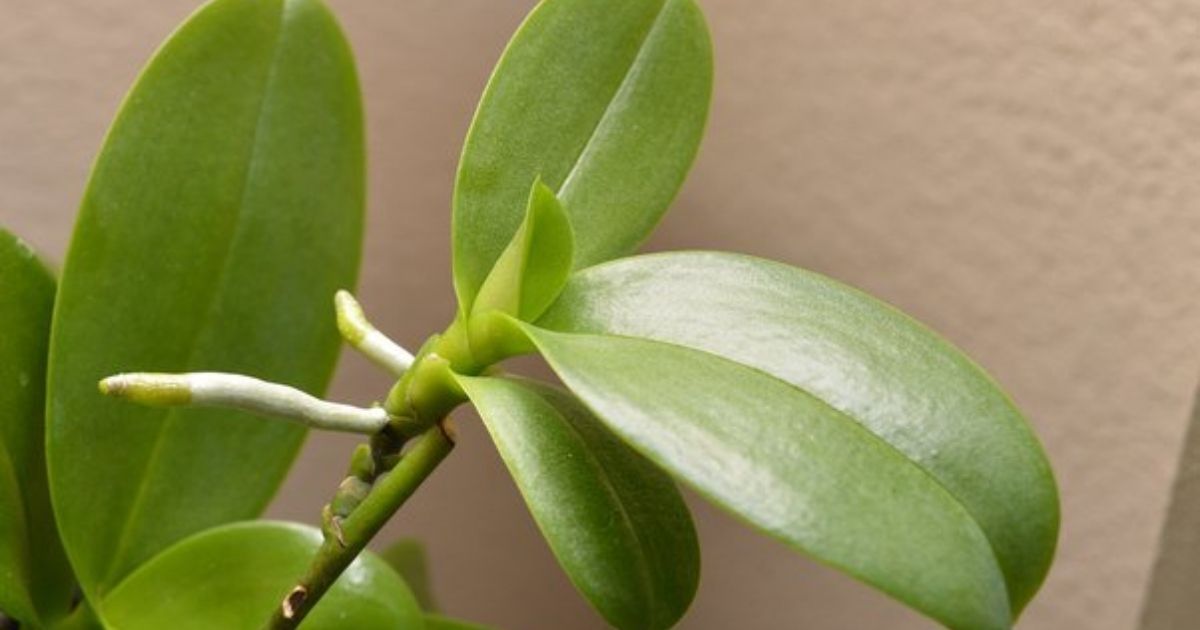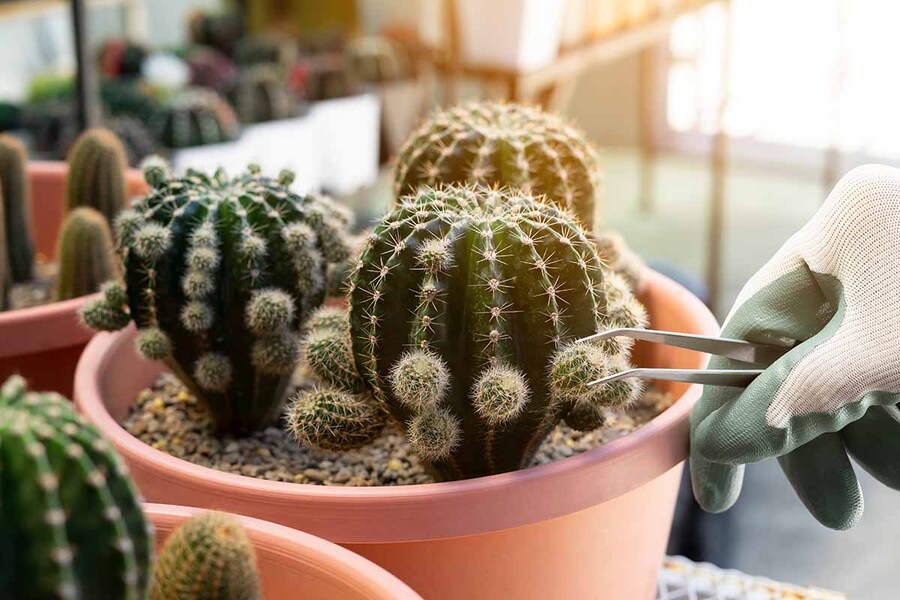How To Grow Avocado From Seed: 6 Steps To Follow
The most common mistake when growing an avocado from seed is not properly preparing the seed before planting. FYI, the pointy end is the top, and the rounded end is the bottom. Planting the seed upside down can hinder its ability to sprout.
If you don’t want to struggle with this mistake, let's learn how to grow avocado from seed in this article now.
Table of Contents
What Is The Best Time For Planting Avocado Seeds?
For warm climates, you can plant avocado trees almost any time of year if the temperature stays above freezing. However, the best time to plant is mid-spring to the beginning of summer, March to June.
Avocado trees are native to warm regions, particularly tropical and subtropical climates. They prefer temperatures between 60°F (15°C) and 85°F (29°C), making them well-suited to areas with mild to warm springs and summers.
You can also start avocado trees indoors at any time of year and transplant them outdoors once the frost has passed.
How To Grow Avocado From Seed With 6 Basic Steps
Growing an avocado seed is common due to its simple process and preparation (though it might not be the fastest way). You don't need any special equipment to get started, just the materials below are enough:
- a jar of water
- toothpicks
- an avocado seed
- sharp knife
- a small pot
- well-draining potting soil
Then follow the following instructions:
Step 1: Remove And Clean The Pit
To plant an avocado from a pit:
- Start by eliminating the pit from the avocado without cutting it.
- Soak the pit in water for a few minutes.
- Scrub off any remaining fruit. Remember not to remove the brown skin on the pit, as it's the seed cover.
All avocado pits have a bottom and a top, with the slightly pointier end at the top and the flat end at the bottom. The bottom root end should be placed in water to sprout the pit or water propagation method. Remember to mark the top and bottom ends before piercing the pit with toothpicks.
Step 2: Pierce With Toothpicks
Next, insert three or four toothpicks at a slight downward angle into the seed, spacing them evenly around the circumference of the avocado. These toothpicks act as a scaffold, allowing you to rest the bottom half of the avocado in water.
Then, wedge the toothpicks firmly into the seed. We recommend inserting them at a slight downward angle so that more of the avocado base is submerged in the water when you place it over a glass.
Step 3: Place The Seed Half-submerged In A Glass Of Water
Place it on a quiet windowsill with plenty of sunlight for the best growth. We suggest using clear glass to make it easy to see when the roots start to grow and when the water needs to be changed.
While many guides recommend changing the water daily, Benchmark Hydroponics’s expert believes every five days to a week is an ideal watering frequency. Regularly changing the water is important for avocado seeds to avoid the growth of bacteria, mold, and fungi.
Step 4: Wait For Your Seed To Sprout
Many experts say sprouting can take anywhere from two to four weeks. However, growing takes at least eight weeks, so be patient. Here is the basic process you will see:
- The top of the avocado pit dries out and forms a crack.
- A taproot emerges from the bottom of the pit.
- A small sprout eventually appears at the top of the pit. Therefore, submerge the taproot to prevent the plant from dying.
Step 5: Pot in Soil When The Tree Is About 15cm Tall
When the stem of your avocado plant has grown to about 15cm, you should cut it back to around 8cm. This will help encourage new growth. When the stem reaches 15cm again, pot it up in a 25cm diameter pot using rich humus soil.
Leave the top half of the seed exposed and place the pot on a sunny windowsill. Avocado plants love sunlight, so the more sun they get, the better they will grow.
To keep your plant healthy, give it frequent waterings with occasional deep soaks. The soil should always be moist but not saturated. If you see the leaves turning yellow, overwatering might be one of the potential causes. In this case, you should let the plant dry out for a few days.'
Step 6: Pinch out the top leaves to encourage bushiness
When the plant's stem grows to 12 inches in height, it's recommended to pinch out the top two sets of leaves. This encourages the plant to generate more side shoots and leaves, making it appear bushy and healthier.
Moreover, each time the plant grows another 6 inches, you should pinch out the two newest sets of leaves on top. This action ensures that avocados remain healthy and continue to grow as desired.
>>> See more: How To Propagate A Peach Tree: Basic Steps for Beginners
Tips To Take Care Of Grown Avocado
Many beginners ask how to sprout avocado seeds. The answer depends on your daily care. If you want your avocado to sprout as soon as possible, read the tips below.
1. Light
Most tropical plants require much sunshine to grow well, and the avocado tree is no exception. To ensure optimal growth and fruit production, you must plant this tree in a place that receives about 8 hours of sunlight daily. While the tree can be put up in partial shade, it thrives best in full sun.
2. Soil
Avocado trees thrive in rich, loamy, and well-draining soil. Their ideal soil pH ranges from acidic to neutral, between 5 and 7, and they are sensitive to alkaline soil.
Add a layer of mulch around the avocado tree to help the soil retain the right amount of moisture and protect its shallow root system. However, avoid placing mulch closer to 6 inches from the trunk.
3. Water
Avocado trees thrive when they are watered deeply but infrequently. This promotes the growth of stronger and deeper roots. It is best to wait until the soil starts to dry out before watering.
During the summer season, the avocado tree will need more frequent watering. Young trees also require more frequent watering as they establish themselves. Fully grown trees should receive approximately 2 inches of water per week.
4. Temperature and Humidity
Avocado trees are famous for their fruit. However, they can only be grown outdoors in USDA hardiness zones 9 through 11, which limits their growth to tropical and subtropical climates. However, you can grow an avocado tree indoors if you want.
Avocado trees are frost-sensitive and grow best in temperatures between 50°F and 85°F. Though they can withstand an occasional, brief freeze, prolonged temperatures around 30°F are too cold for them.
5. Fertilizer
Fertilizing an avocado plant starts from the late winter to early spring and lasts until autumn. It depends on the specific instructions included with your selected fertilizer. You should choose fertilizers for avocado or citrus trees because they best fit your avocado situation.
6. Pollination
For proper pollination, having two avocado trees in your garden is recommended. Even though an avocado tree's flowers carry male and female parts, they usually open at different times, making self-pollination highly unlikely.
Avocado trees are classified as either type A or type B, and each type opens its flowers at different times of the day. This difference in timing allows for cross-pollination between the two types of trees. So, when selecting which trees to plant, ensure you have type A and type B to achieve the best results.
>>> See more: How To Propagate Fig Tree: A Comprehensive Guide By Experts
Frequently Asked Questions
1. How Do You Germinate An Avocado Seed?
There are 5 basic steps on how to plant avocado seed:
- Put your avocado seed in water.
- Keep the jar in bright light.
- Plant the seed in the soil.
- Water carefully.
- Prune your plant.
2. How Do You Grow An Avocado Seed Without Toothpicks?
You can do that by placing the wider end of the seed in a water container. The seed should be positioned so that only the bottom portion is immersed, exposing the top. Change the water regularly every few days to prevent stagnation and mold growth.
You should keep the container in a warm, sunny spot, and within a few weeks, roots should start to emerge from the submerged end. Once roots have developed sufficiently, transplant the seed into a pot with soil, ensuring the top portion remains above the surface, and continue to nurture it into a flourishing avocado plant.
3. Which Side Of Avocado Seed Goes In Water?
It's at the bottom. To sprout a seed using toothpicks, place the toothpicks in a way that supports the seed. The pointed half of the toothpick should be above the water level, while the bottom half should be submerged in the water. This way, the sprouting tip will emerge from the pointed end, and the flat end will stay submerged in the water.
4. Should You Peel Avocado Seed To Grow?
Yes. To grow an avocado plant:
- Start by opening the avocado and removing the flesh.
- Wash the pit thoroughly and soak it in clean water for 24 to 48 hours.
- Once soaked, peel off the pit's thin brown skin with a knife. This will help speed up the germination process and produce a more attractive plant.
